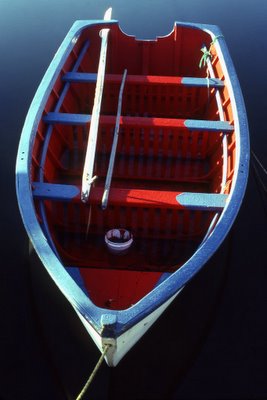
"The lighthouse looked battered, but still stood firm and strong,
Right out at the last point of land just where it should belong,
Now electric lights rotate the warning of treacherous shore,
Not with a real lighthouse keeper, like in the days of yore.
There was a warm gentle zephyr softly wafting all around,
It rustled the many wild flowers and grass, a haunting sound,
Twas like the laughter of children playing on a sunny day,
Mixed with the cry of the sea birds who lived not far away.
There was a solid foundation where a house once stood,
Gone had all the traces of windows, tiles or old wood,
But what was left behind were plants from a garden fair,
Chives, lavender, raspberries and iris still growing there.
You could feel many emotions in that very lonely place,
Surrounded on all sides by nature's beauty and grace,
We wanted to stay there and wander around for awhile,
We bade adieu to all the beauty, remembering it with a smile."
- Ann Margetson 































